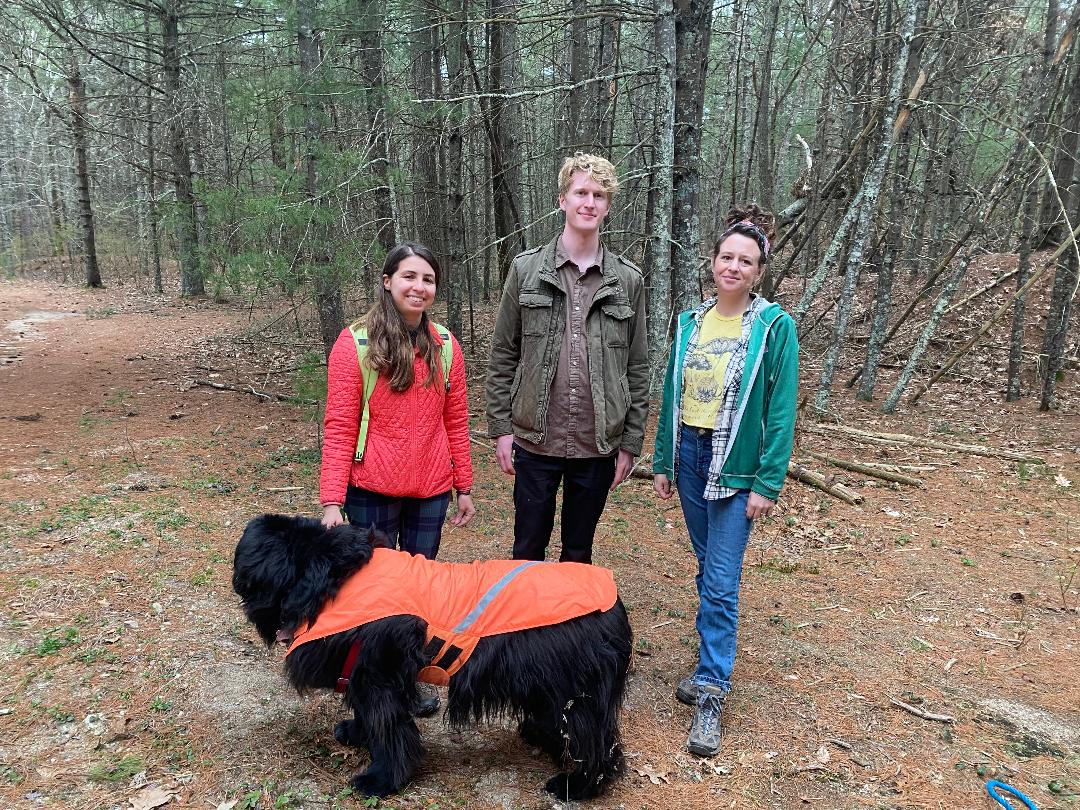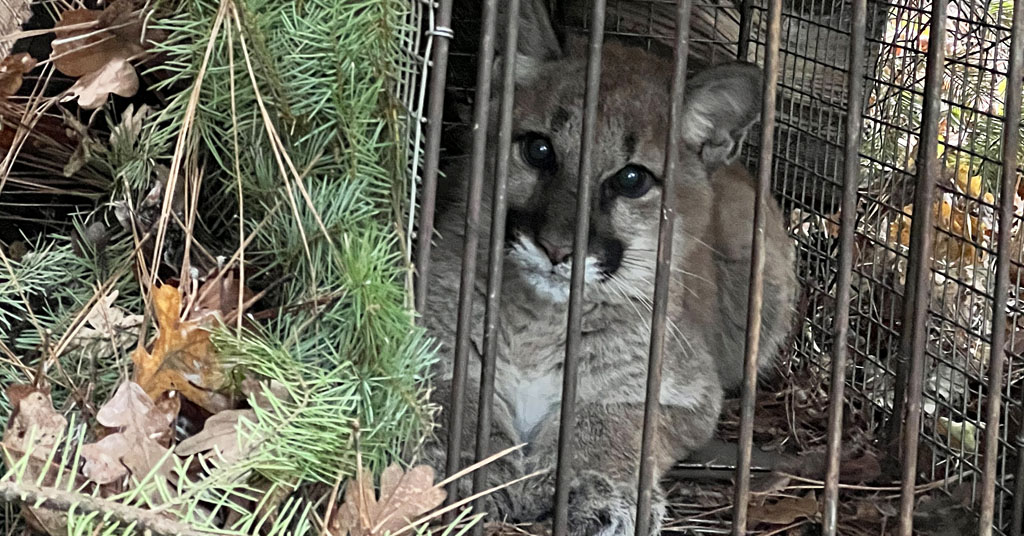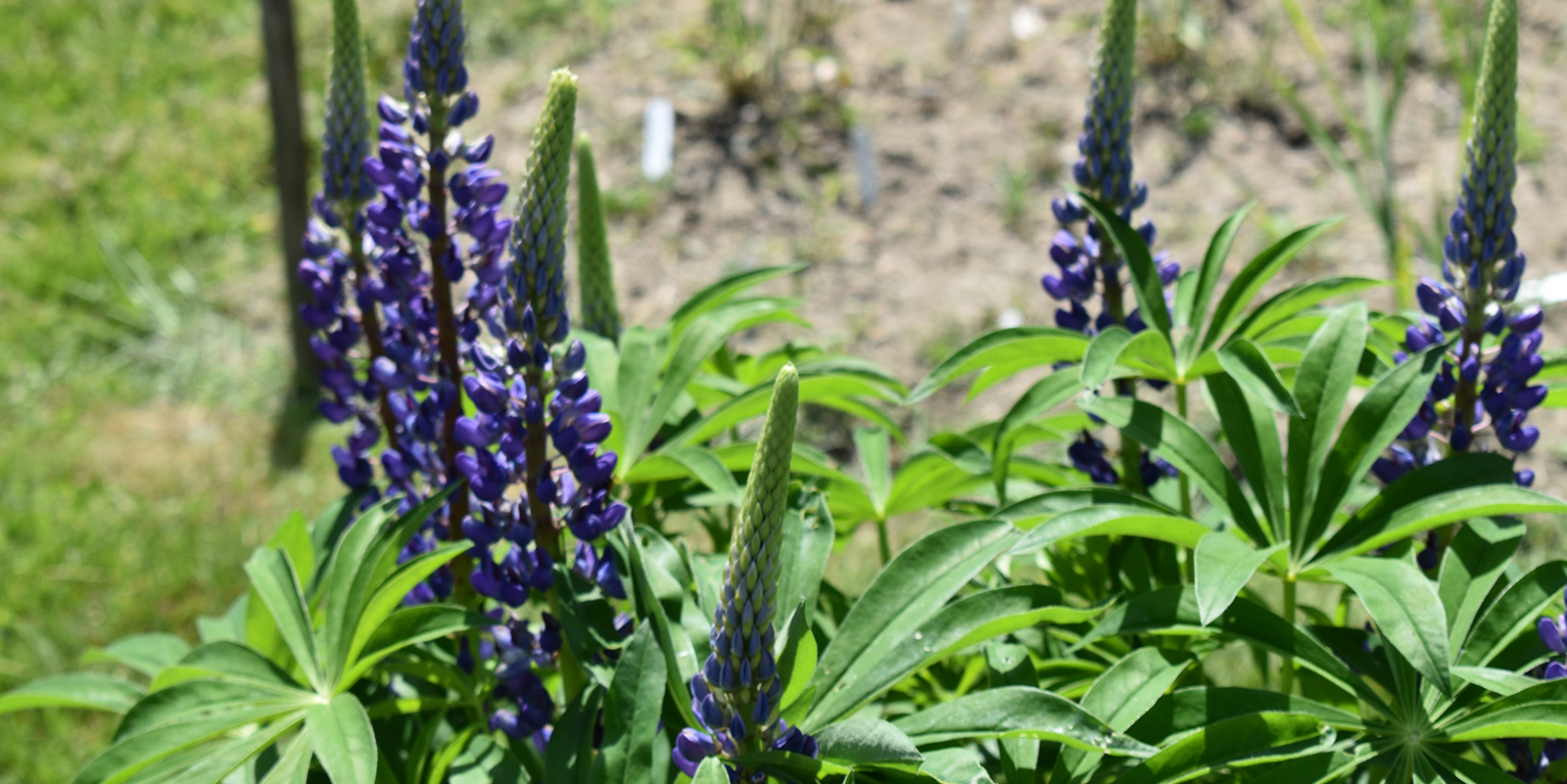Longtime New Englander Caught Natural History Bug
February 14, 2019
KINGSTON, R.I. — The artifacts scattered around David Gregg’s office provide a good idea of what he does for a living. Among the items are a crayfish preserved in a jar of alcohol, two coyote skulls, numerous large dead moths awaiting identification in a plastic container, framed invasive insects, a deer head hanging on a wall, illustrations of butterflies, and a foot-long, 8-inch diameter tree stump he quizzes visitors to identify. (Spoiler alert: the stump is bittersweet, an invasive vine that apparently grows much larger than most people think it does.)
Gregg is the executive director of the Rhode Island Natural History Survey, and what he calls his “cabinet of curiosities” represents many of the issues, programs, and challenges he regularly addresses as one of the Ocean State’s leading voices for the study and conservation of Rhode Island’s wildlife and other natural resources.
He describes the Natural History Survey as somewhat of a social organization where “people who have been bitten by the bug of natural history” can connect with like-minded individuals.
“There are many ways to discover things about the world around you, but for people who are oriented toward identifying animals and plants and learning about them, the Survey is an excuse to get together,” he said. “And that makes it valuable, because otherwise we would never get together and talk about what we know.”
The organization was founded following a 1994 ecological research conference at the University of Rhode Island, when many of those in attendance recognized how productive a gathering it had been and wanted to keep the exchange of information going. Based at URI’s East Farm, the Survey is celebrating its 25th anniversary this year with a fall conference on “Climate Change and Rhode Island’s Natural History Future” and monthly citizen science events.
Gregg caught the natural history bug — literally – as a young teenager in Falmouth, Mass., when he tried to capture a butterfly that had landed on his shoe. He had already been somewhat interested in nature, but that moment led him to start a butterfly collection using a net he made out of cheesecloth.
After collecting as many butterfly species as he could find around town, he switched to moths.
“I got all the colorful moths in my collection, and all the rest were brown and I couldn’t make heads or tails of them,” he recalled. “So then I switched to beetles, then to grasshoppers.”
The lure of insects was their endless variety and interesting physiological adaptations, Gregg said.
But he also had a curiosity about archaeology, and when he was considering a career, archaeology eventually won out. He said archaeology “is about discovering a mystery and finding out what it means. I also liked the outdoors-ness of it, the expedition aspect, the cadre of people thrown together in remote locations and having to stay focused on what they do. It’s the same thing in natural history.”
Gregg ended up earning graduate degrees in archaeology at Oxford University and Brown University, then worked at Brown’s Haffenreffer Museum of Anthropology before becoming director of the Spellman Museum of Stamps and Postal History.
By then he had rekindled his interest in entomology and joined the Survey’s board. He accepted the leadership post at the Survey in 2004.
He described the job as a balancing act between gathering information about rare and invasive species to support conservationists’ need for scientific information — a mission “that doesn’t pay very well,” he noted — and administering complex ecological monitoring projects involving multiple partners and numerous funding agencies.
“The state can build a highway or an airport, but it can’t do a project with six funders and lots of partners,” Gregg said. “We can do that.”
For instance, the Rhode Island Department of Environmental Management used federal money to hire the Survey to implement a project to assess the health of salt marshes and freshwater wetlands around the state. The Survey is also leading a coyote ecology research project with numerous partners and funding from the U.S. Fish & Wildlife Service.
“These are the kind of projects that wouldn’t get done unless we did them,” Gregg said. “These are the projects that are every other organization’s fourth priority.”
Along the way, Gregg still finds time for insects. He has shifted his attention during the past two years to ants, as a leader of a statewide effort to document all of the species of ants found in Rhode Island.
“I’ve been working on moths since I was 14, and I think I have a better understanding of ants after two years than I do of moths after 40,” he said.
In the coming year or two, Gregg’s focus at the Survey will be on the establishment of a new database of everything known about the biodiversity of Rhode Island, preparing an updated publication of the state’s vascular plants, and ensuring the group’s finances are stable.
But his favorite activity is the Survey’s annual BioBlitz, which brings together as many as 200 biologists, naturalists, and volunteers for a 24-hour period to document every living organism at a particular property. This year’s event is a return to Roger Williams Park, where the first BioBlitz was held 20 years ago.
“BioBlitz is an expedition to discover things in a particular place, and you bring together people with all of the different skills and talents you need to look at all of the different aspects,” Gregg said. “But they’re not just random people. They’re really nice people having a great time because this is what they love. BioBlitz is social — it’s not just science — and that’s the key. You get to meet people that can show you the cool things you don’t notice the rest of the year.”
Rhode Island resident and author Todd McLeish runs a wildlife blog.




David Gregg is an undervalued resource for the environmental community and Rhode Island in general.